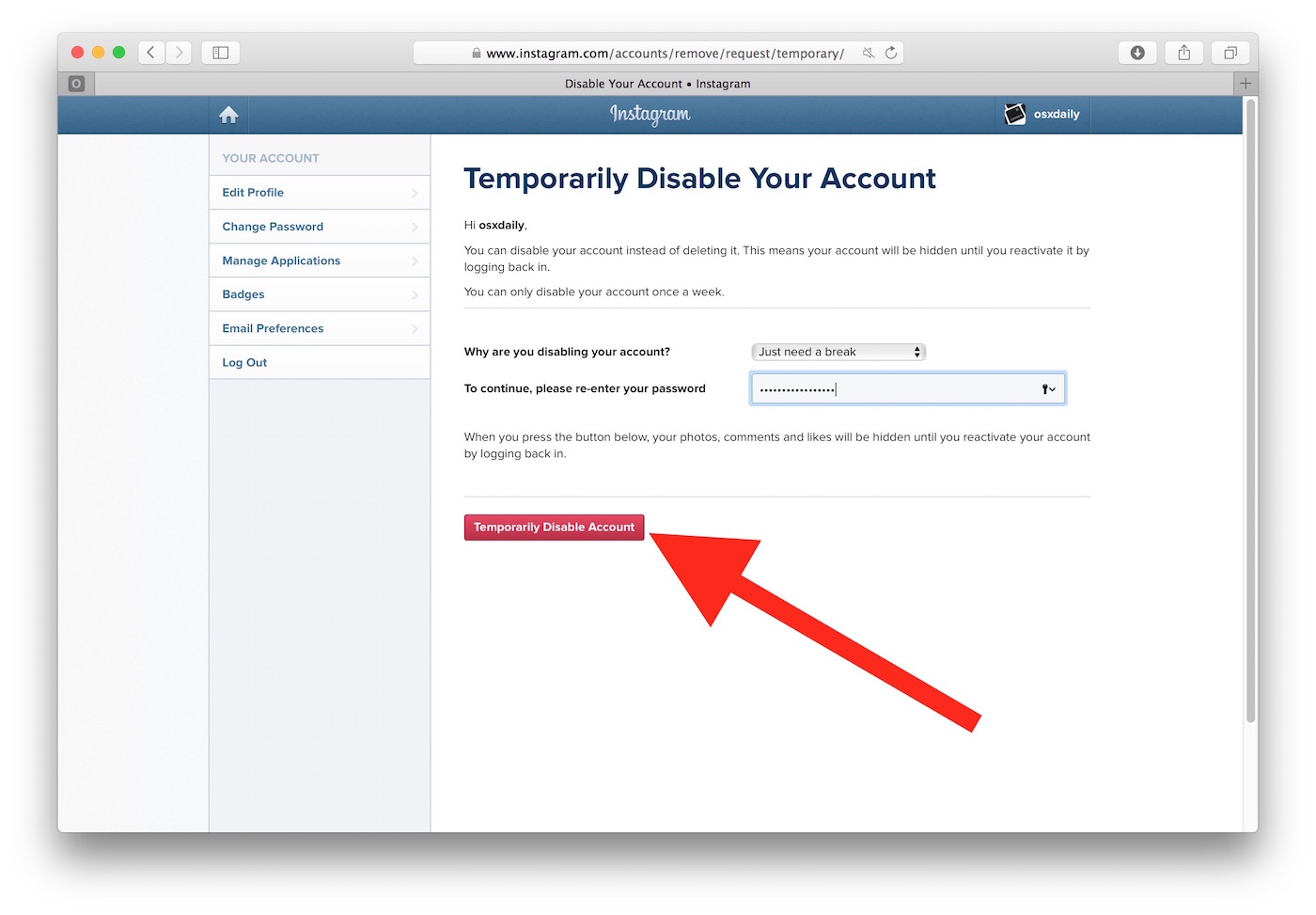
Effective Ways to Break a Habit in 30 Days
Breaking a habit is a common challenge faced by many individuals seeking to make positive lifestyle changes. Whether you're looking to quit smoking, reduce screen time, or adopt a healthier diet, understanding habit formation and applying effective strategies can help you achieve success. This article will delve into comprehensive techniques for habit change in just 30 days, focusing on practical tips for motivation, consistency, and accountability.
Understanding Habit Formation and Triggers
The journey of changing habits starts with recognizing the triggers that lead to undesirable behaviors. Habits are often formed through a loop consisting of a cue, routine, and reward. This habit loop is reinforced through repetition, making it essential to identify what prompts your actions. Emotional triggers and environmental factors play significant roles in habit retention. By understanding these components, you can begin to replace negative routines with more productive ones. For example, if stress leads you to reach for snacks, you may consider healthy alternatives that can serve as a reward, integrating mindfulness to manage emotions and cravings effectively.
Identifying Your Habit Cues
To break a habit effectively, you should start with a thorough analysis of your habit cues. Are there specific times of day or situations that trigger your unwanted habits? Keeping a journal can help you record your behaviors and their triggers over a week. This self-awareness allows you to anticipate challenges and develop strategies for avoiding these situations. For instance, if you notice that you tend to binge-watch television when feeling bored, you can set incremental goals for days without television and challenge yourself to engage in a more productive activity during that time. Gradual adjustment makes the goal more achievable and less daunting, laying a solid foundation for sustainable change.
Creating a Reward System
A crucial aspect of effective behavioral change is developing a personalized reward system. Positive reinforcement encourages you to remain disciplined and helps to strengthen your new habits. For instance, if your goal is to avoid sugary snacks, celebrate each week of success with a small reward—like a spa day or a new book. Reinforcing desirable behavior not only boosts your motivation but also signals your brain that the new routine is beneficial. Remember, rewards should be healthy and in line with long-term goals to maintain momentum.
Practice and Discipline in Habit Change
Building discipline is integral to achieving habit success within 30 days. It involves creating a daily structure that makes it easier to avoid old habits while building new ones. Focus on forming consistent daily routines that support your goals. Your action plan should prioritize activities that directly contribute to breaking unwanted behaviors. For instance, establishing a morning routine that encourages physical exercise can effectively reduce reliance on unhealthy snacks throughout the day. Consistency is key; repeating these actions reinforces positive behavioral changes and promotes a strong sense of self-discipline.
Establishing Consistency and Accountability
Adopting a consistent approach is vital for habit development. To enhance accountability and adhere to your action plan, consider enlisting a buddy or joining a support group. Sharing your goals and progress with others fosters a sense of community and can provide the external motivation or 'accountability partner' necessary to reinforce your commitment. Regular check-ins with your partner will not only help measure progress but also allow for adjustments as needed—ensuring you’ll stay on track toward your goal setting objectives.
Monitoring Progress through Habit Tracking
To effectively measure your progress in breaking bad habits, it’s advisable to implement a habit tracking system. Monitoring your success over the 30-day period provides insights into what is working and where improvements can be made. Utilizing tech tools like apps specifically designed for habit tracking allows you to visualize your achievements and identify patterns in your behavioral changes. Establishing a way to measure advancement in your goal setting promotes greater engagement and motivation—encouraging you to adapt as you learn what works best for you.
Mindfulness and Emotional Management
Mindfulness plays a pivotal role in breaking a habit. It enables individuals to better manage their emotional states, be aware of their thoughts, and respond deliberately rather than reactively. Practicing mindfulness helps in reducing stress, a common trigger of unhelpful behaviors. Techniques like deep breathing and meditation can significantly enhance self-control and promote clearer decision-making, making it easier to resist temptations that align with past habits.
Using Visualization Techniques for Success
Visualization techniques are powerful tools for maintaining focus and motivation throughout your habit change journey. Visualizing the desired outcome can reprogram your subconscious to align with your goals. Spend a few minutes daily picturing yourself successfully engaging in new routines and enjoying the benefits that accompany personal growth. This mental conditioning fosters resilience against setbacks and reinforces your commitment to achieving lasting change.
Building Resilience through Self-Reflection
Self-reflection is crucial in building **resilience** when attempting to break a habit, as it allows you to analyze your thoughts, feelings, and actions. Regular reflection helps in understanding the challenges you encounter during the process of behavioral change. Journaling about your experiences and feelings can unveil patterns and pave the way for adopting healthier responses to those triggers. Asking questions such as, "What went well today?" or "What can I do differently tomorrow?” can inspire adaptive strategies that keep you committed to your goals.
Key Takeaways for Sustainable Change
As you embark on your journey of breaking a habit in 30 days, remember the key elements: identifying triggers, establishing consistent practices, creating a rewarding system, and incorporating mindfulness. Engaging in self-reflection allows you to acknowledge your progress, while visualization strengthens your commitment to your desired outcome. With patience and persistence, lasting change is achievable.
FAQ
1. How long does it typically take to break a habit?
Breaking a habit varies among individuals, but research suggests it often takes around 21 to 66 days to fully form a new behavior. The timeframe largely depends on the complexity of the habit and the person's overall commitment level. Instead of fixating on a specific number of days, focusing on consistent behavioral changes and creating a supportive environment increases the chances of success.
2. Are there psychological strategies that can help break bad habits?
Yes, several psychological strategies can aid in breaking habits. Techniques such as cognitive restructuring can help you identify and change negative thought patterns that contribute to unwanted behaviors. Additionally, understanding the neuroscience of habits enhances your commitment to change by fostering the awareness needed to implement effective alternatives.
3. What role does emotional motivation play in changing habits?
Emotional motivation is significant for changing habits because it drives your desire for change. Engaging with emotions tied to your habits—whether positive or negative—allows you to associate desirable feelings with new behaviors, reinforcing motivation and making it easier to stick to your action plan.
4. Can environmental design influence my habits?
Absolutely, environmental design is a practical approach to habit formation. By modifying your surroundings to minimize triggers of bad habits and reinforce good ones, you can set yourself up for success. For example, if you're trying to cut back on junk food, keep healthy snacks visible and accessible while placing unhealthy options out of sight.
5. What are some effective techniques for self-discipline?
Effective techniques for enhancing self-discipline include setting clear and achievable goals, using habit tracking, and practicing mindfulness. Commencing with small, incremental changes can build your confidence and increase the likelihood of long-term success. Additionally, regular self-reflection helps to adjust techniques based on what works best for your personal journey.
6. How can I maintain my progress after 30 days?
Maintaining progress after 30 days involves continuing to monitor your habits, adapt routines as necessary, and utilize support systems. Setting long-term goals and focusing on incremental improvements ensures that you stay motivated and accountable for ongoing personal growth. Also, celebrating your achievements—even the small ones—can reinforce the positive behaviors you’ve developed.
7. What should I do if I slip back into old habits?
Slips and setbacks are normal when breaking a habit. If you find yourself reverting back, don't view it as failure. Instead, acknowledge it, reflect on what triggered the behavior, and develop a plan to handle similar situations in the future. Resilience and persistence are crucial to long-lasting change, so keep your focus on the progress made rather than perfection.

